Trolling
How do fishers catch tuna using this fishing method?
Troll fishing is a form of one-by-one fishing where lures are dragged through the water behind a moving vessel. There are usually between 5 and 20 single hooked lines used at a time, with lures of different weights set at different distances behind the boat to prevent lines from tangling with each other. Many troll fisheries use poles pointing outwards on either side of the vessel, called outriggers, that help spread the lures over a larger area. Outriggers are distinctive on the boats and can therefore help you identify a troll fishing vessel.
The movement of the lures resemble the rapid movements of small fish in the surface water, which attracts tuna schools, thinking they’re prey. When a tuna bites one of the lures and becomes hooked, the fishers pull in that line either using a winch, or by hauling it in by hand. The barbless hook is quickly removed from the tuna, and the fish is put into ice so its quality is preserved. The free lure is then reset back into the water to attract the next fish.
Troll fishing vessels can vary from small open boats and canoes to larger vessels of 25-30 m in length. Troll fishing methods are used to selectively and sustainably target tuna, without interacting with endangered species like dolphins, turtles and sharks. These fisheries provide many employment opportunities during the seasonal migrations of target species.
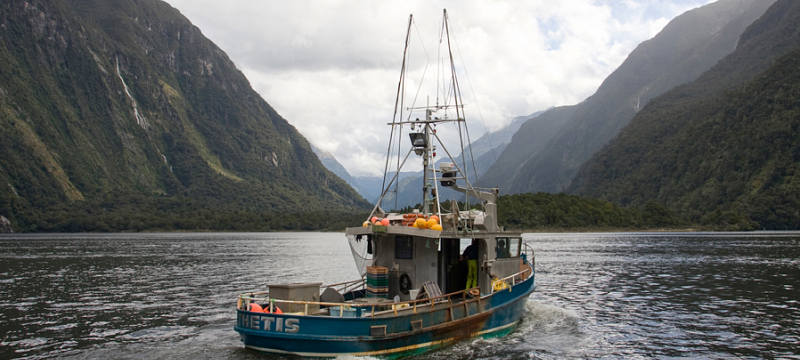
Video
Gallery
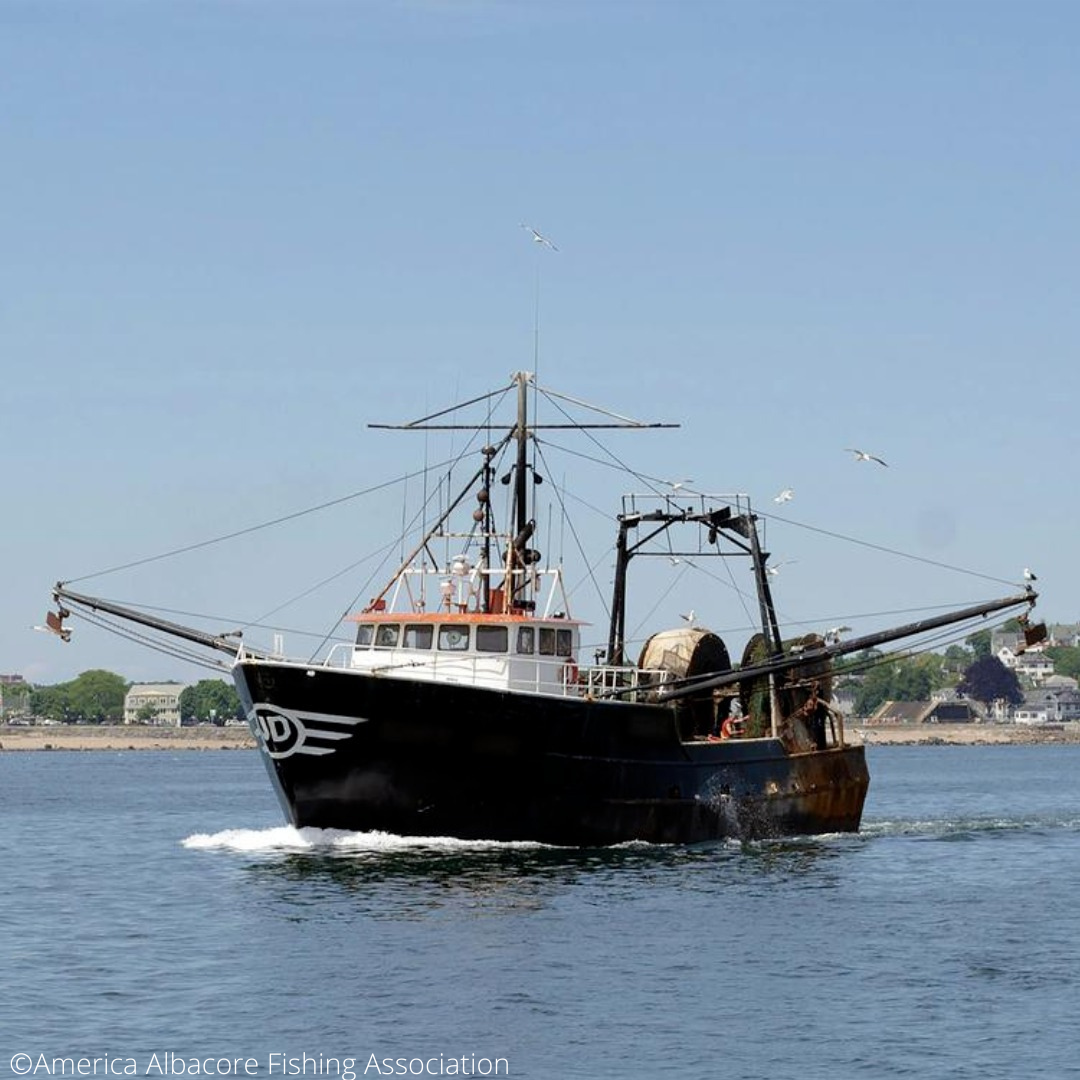
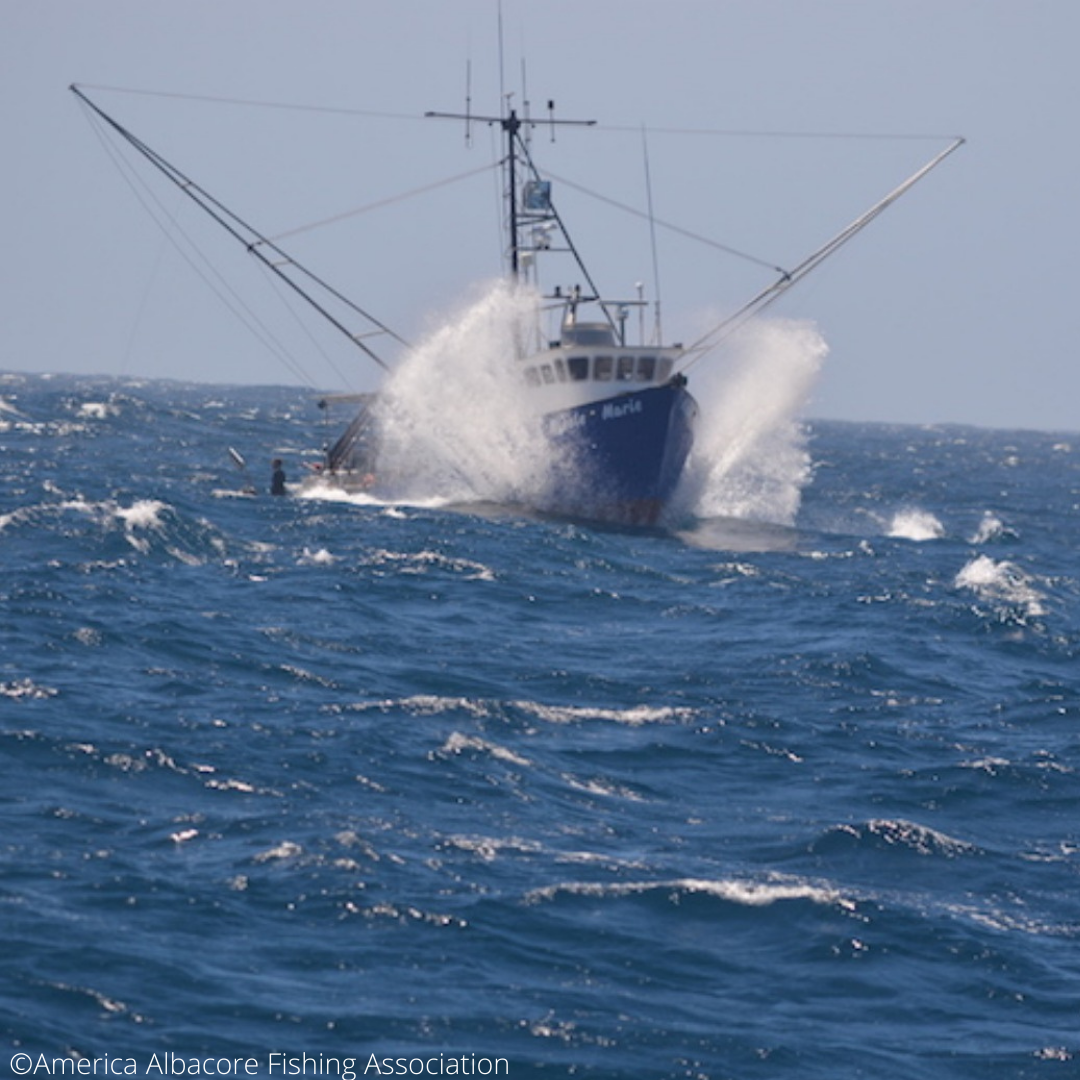

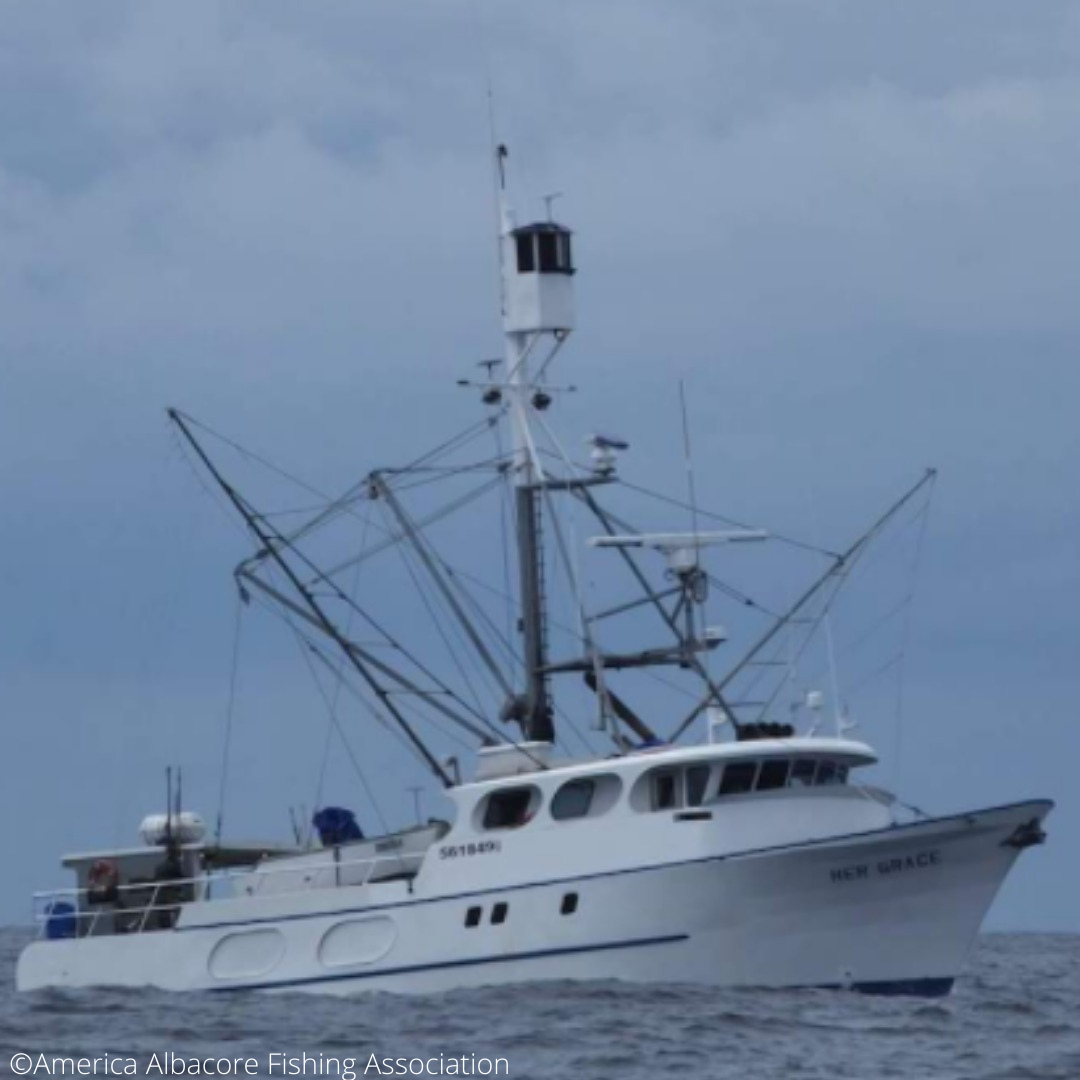
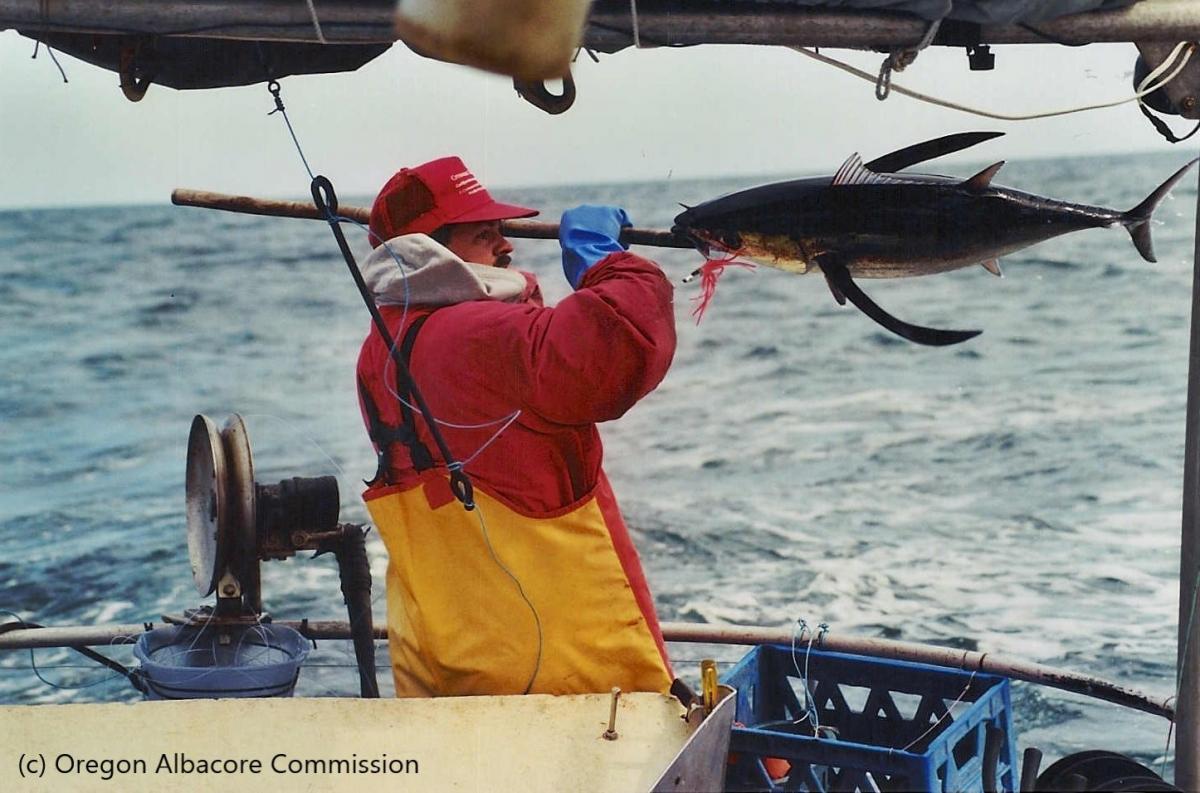
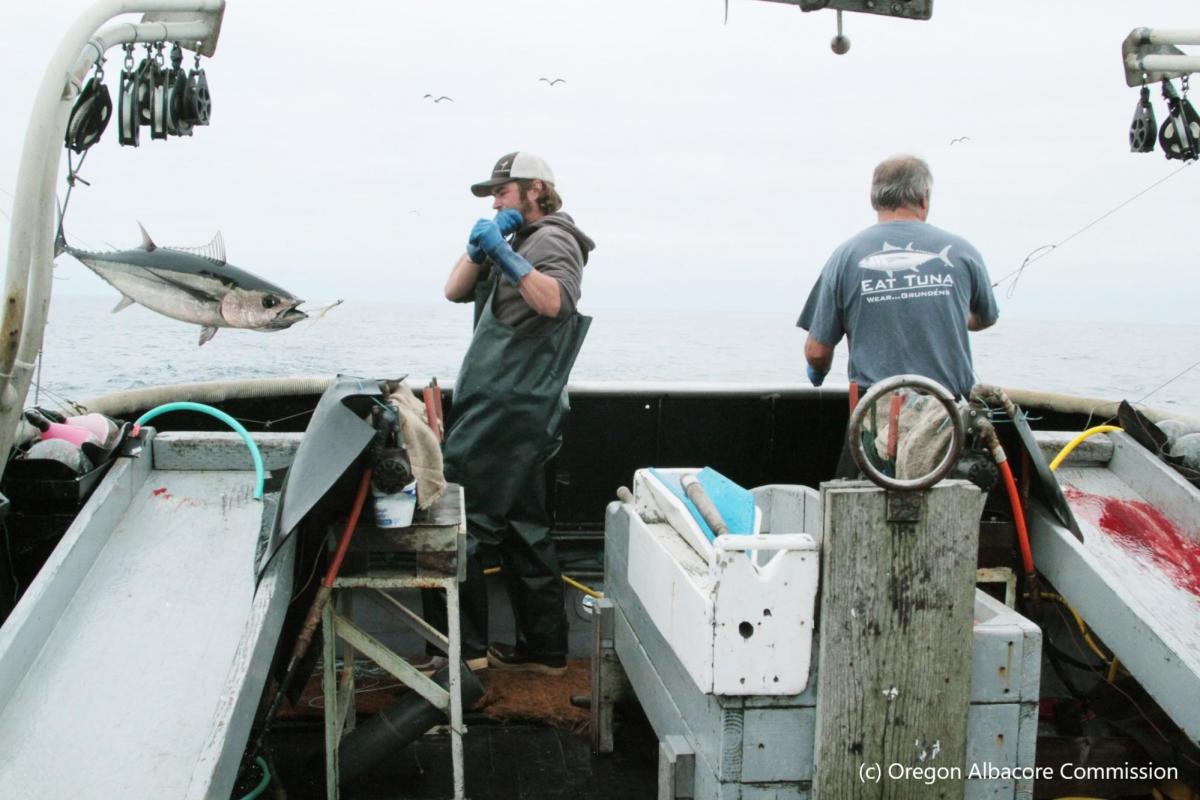
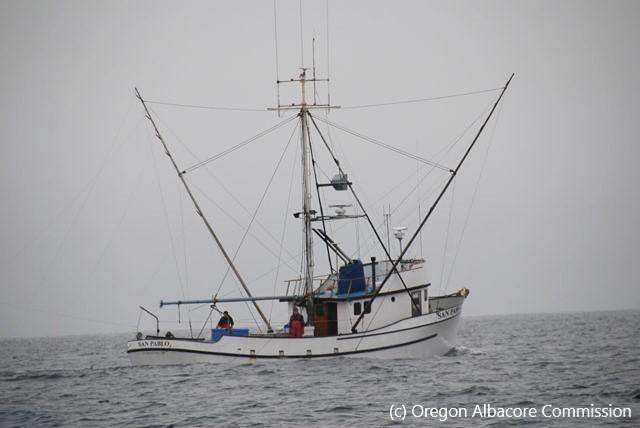
Which fisheries use Trolling?
Trolling techniques are typically used by fisheries who wish to selectively target specific species including tuna. Across different regions of the world they are used to commercially target albacore, yellowfin, bigeye and skipjack tunas.
Geographic distribution
In the Northwest Atlantic, Bay of Biscay and the Azores, troll fishing is typically used to target albacore tuna. In the East, Central and South Pacific, troll fishing is used to catch skipjack or albacore tuna.
Trolling events vary throughout the year based on the seasonal migratory patterns of target tuna species.
Trolling Fisheries

